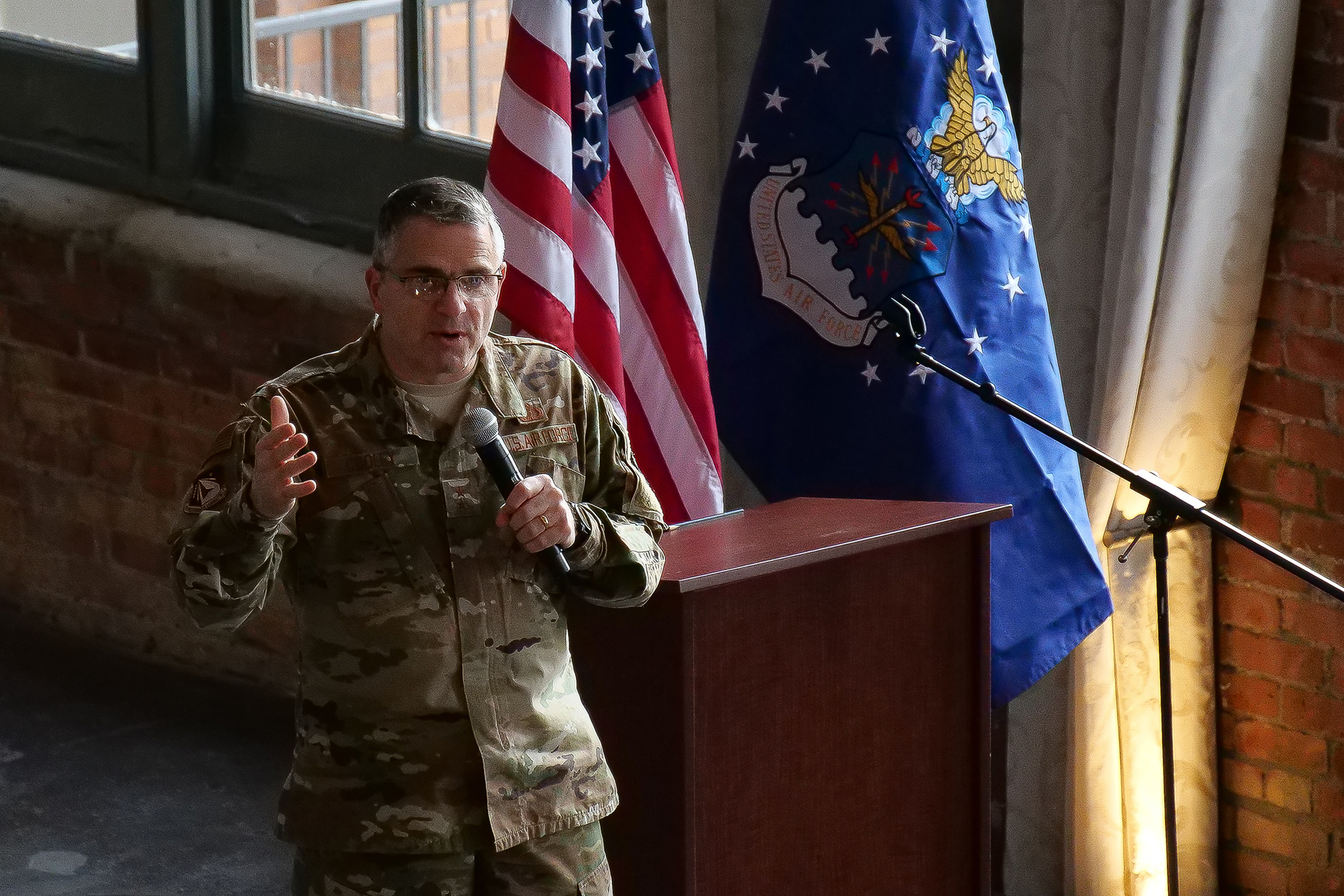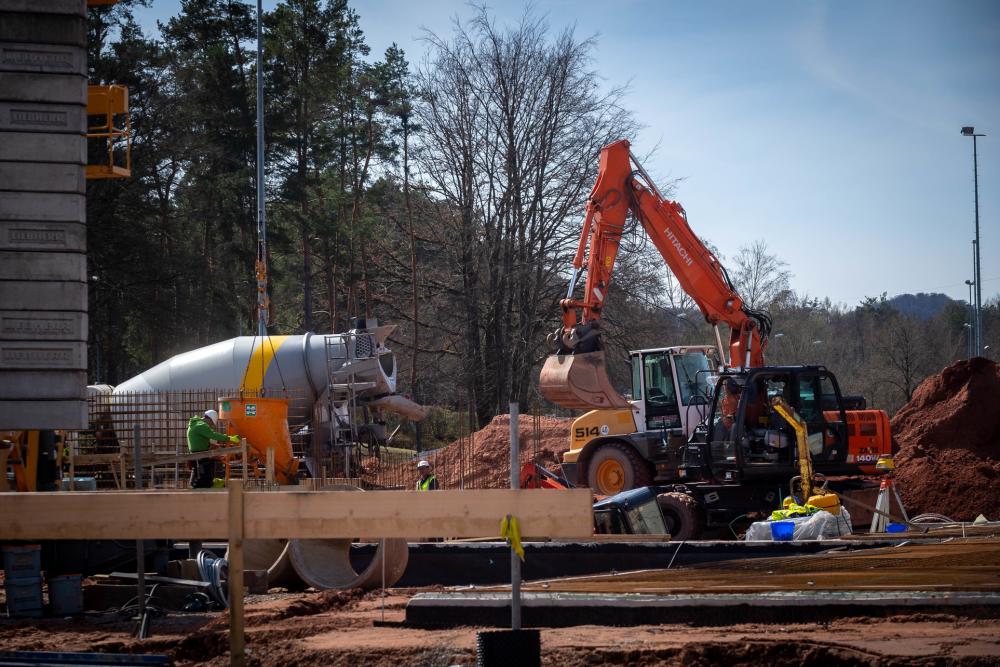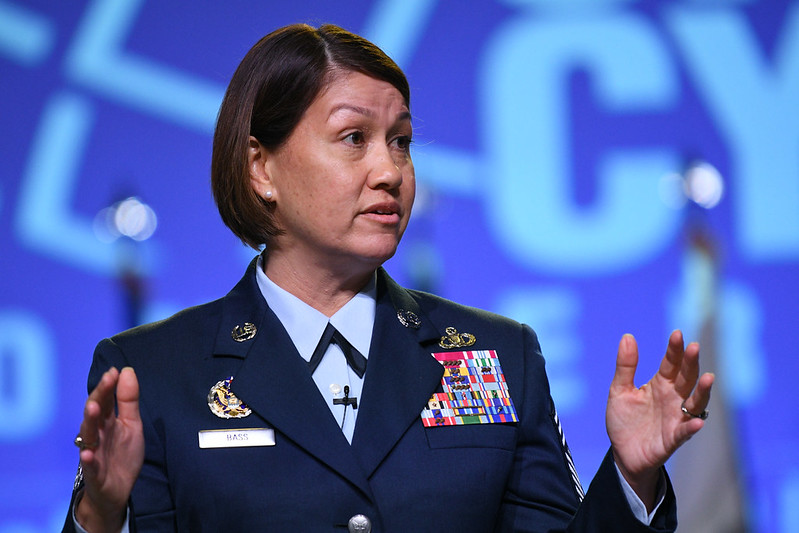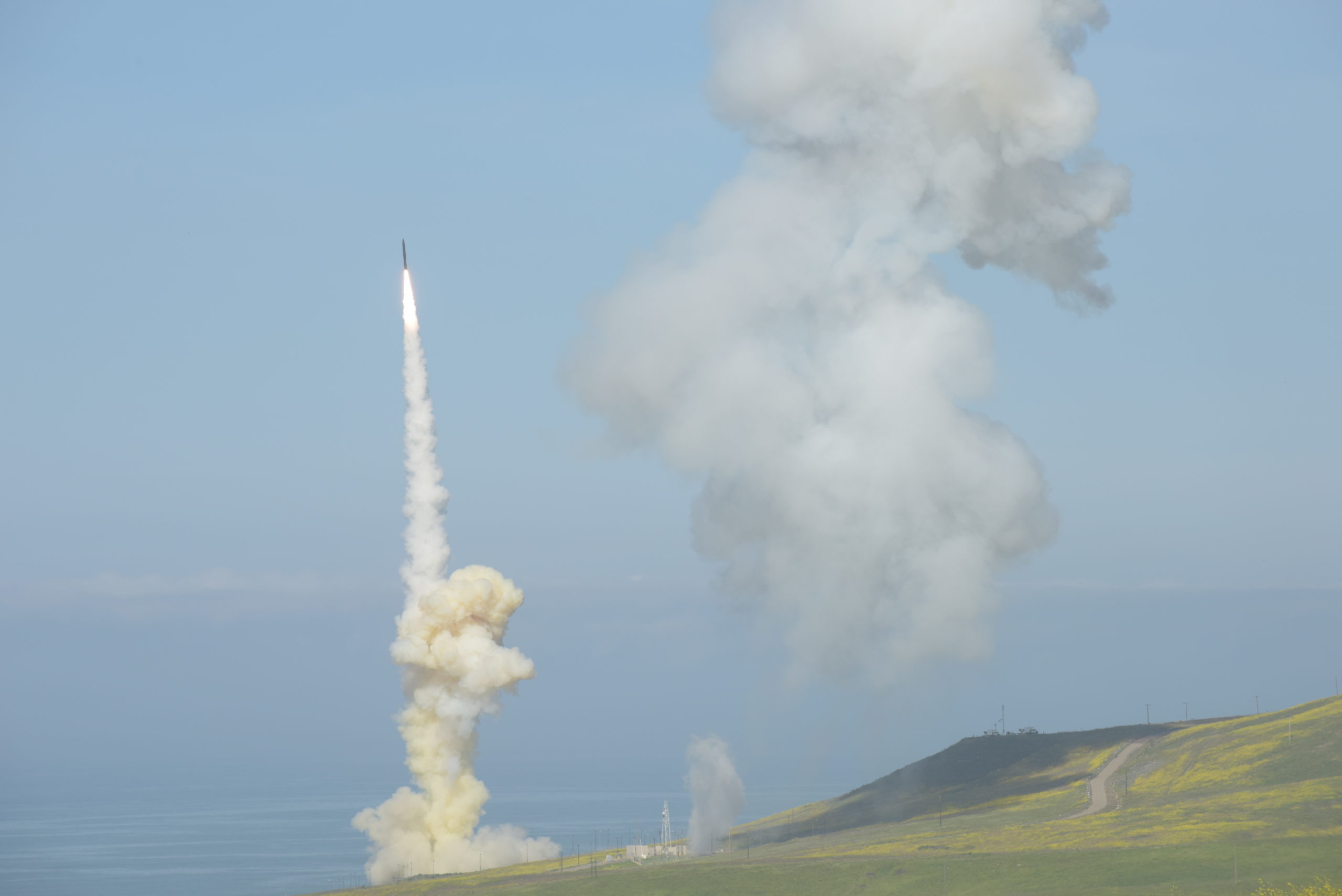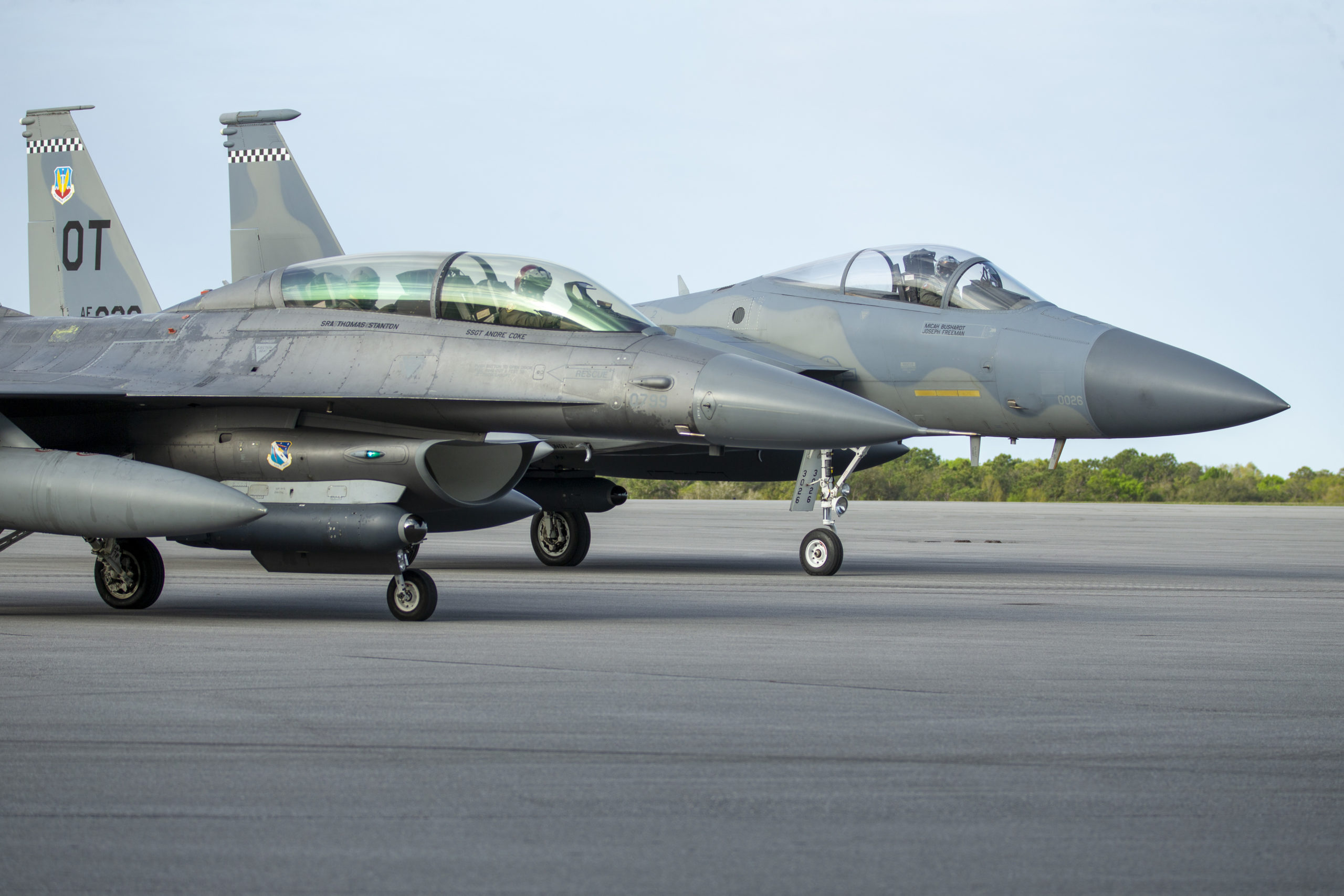The former two-star commander of the Air Force Research Laboratory was convicted of abusive sexual contact following a historic court-martial of an Air Force general officer. His sentence is expected to be handed down on Monday.
Maj. Gen. William T. Cooley was found guilty of forcibly kissing his sister-in-law in a car Aug. 12, 2018, in Albuquerque, N.M. He was charged with one count of sexual assault under Article 120 of the Uniform Code of Military Justice, with three specifications. His trial, which began April 18, is the first full court-martial and conviction of an Air Force general officer in the service’s 75-year history.
Cooley waved his right to a jury trial, leaving his fate in the hands of Col. Christina M. Jimenez, the senior military judge in the case and chief circuit military judge with the Air Force Trial Judiciary.
Over the course of five days, 10 witnesses testified, including the victim, family members, friends, and an expert in digital forensics. “Hundreds of electronic communications, including emails, voice mails, and text messages,” also were presented. Cooley opted not to testify.
The victim, who agreed to let the media disclose her relationship to Cooley without naming her, described the assault as an “F5 tornado … ruining everything in its path,” according to an Air Force press release.
She told the court that Cooley asked for a ride after a barbeque, during which he had been drinking, and “told her he fantasized about having sex with her,” according to the USAF release. “She alleged he pressed her up against the driver’s side window, forcibly kissing and groped her through her clothes.”
Cooley, who received his commission in 1988 and pinned on his second star one month before the incident, pleaded not guilty, denying the allegations.
On April 23, Jimenez found him guilty of one specification, forcibly “kissing [the victim] on the lips and tongue with an intent to gratify his sexual desire,” according to an Air Force press release. He was found not guilty of the other two specifications, “including causing her to touch him over his clothing and his alleged touching of her breasts and genitals through her clothes,” according to the release.
Commander of Air Force Materiel Command Gen. Arnold W. Bunch Jr. removed Cooley from command of the Air Force Research Laboratory on Jan. 15, 2020, citing a loss of confidence in his ability to lead. He has served as a special assistant to AFMC commander since, focusing primarily on the the command’s Digital Campaign.
“As convening authority, I want to say thank you,” said Bunch in a statement after the trial. “Thank you to everyone who supported this process for their due diligence in the pursuit of justice, and for doing everything possible to protect both the victim’s rights and the rights of the accused to a fair trial.”
Cooley could now get as much as seven years in jail, potentially have to register as a sex offender, and face dismissal from the Air Force and withholding of pay, reported Air Force Times. His sentencing is expected April 25.
“This case clearly demonstrates the commitment of Air Force leaders to fully investigate the facts and hold Airmen of any rank accountable for their actions when they fail to uphold Air Force standards,” said Col. Eric Mejia, staff judge advocate for Air Force Materiel Command, in the release.
